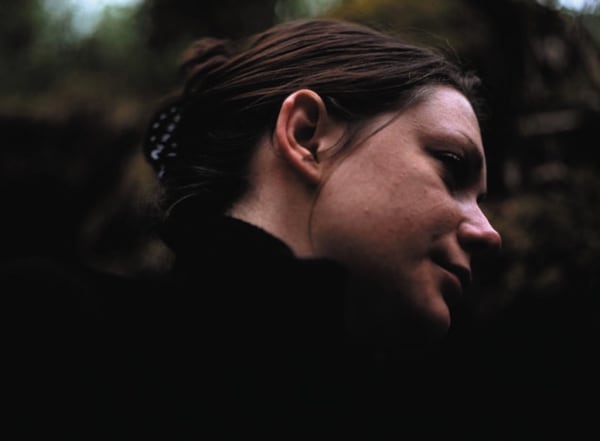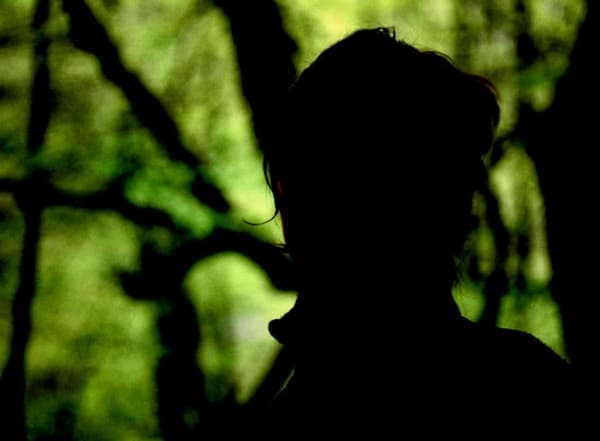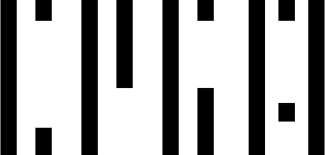Willie Doherty: non-specific threatGalerie Peter Kilchmann, Limmatstrasse, Zurich
NON-SPECIFIC THREAT is a new exhibition of colour photographs and a single screen video installation by Willie Doherty. Doherty was born in 1959 in Derry, Northern Ireland. This will be the fourth exhibition of the artist in our gallery.
January 23 - March 6, 2004
-
 Willie DohertyNON-SPECIFIC THREAT, 2004Single channel video, projection, 7.43 min, color, sound, loopEd. 1/3 + 1 APErnst Jank
Willie DohertyNON-SPECIFIC THREAT, 2004Single channel video, projection, 7.43 min, color, sound, loopEd. 1/3 + 1 APErnst Jank -
 Willie DohertyNON-SPECIFIC THREAT IV (Unknownable Difference), 2003Color print mounted and framed164.5 x 191 cm (64.8 x 75.2 in.), framedEd. 1/3 + 1 AP
Willie DohertyNON-SPECIFIC THREAT IV (Unknownable Difference), 2003Color print mounted and framed164.5 x 191 cm (64.8 x 75.2 in.), framedEd. 1/3 + 1 AP -
 Willie DohertyNON-SPECIFIC THREAT III (Intolerable Devotion), 2003Color print mounted and framed156 x 183 cm (61.4 x 72.0 in.)
Willie DohertyNON-SPECIFIC THREAT III (Intolerable Devotion), 2003Color print mounted and framed156 x 183 cm (61.4 x 72.0 in.)
165 x 193 x 6 cm (65.0 x 76.0 x 2.4 in.), framed
Ed. 1/3 + 1 AP -
 Willie DohertyNON-SPECIFIC THREAT V (Nauseating Barbarity), 2003Color print mounted and framed164.5 x 191 cm (64.8 x 75.2 in.), framed
Willie DohertyNON-SPECIFIC THREAT V (Nauseating Barbarity), 2003Color print mounted and framed164.5 x 191 cm (64.8 x 75.2 in.), framed
Ed. 1/3 + 1 AP (LAST) -
 Willie DohertyNON-SPECIFIC THREAT VII (Unrelenting Vengeance), 2003Color print mounted and framed164.5 x 191 cm (64.8 x 75.2 in.), framedEd. 1/3 + 1 AP (LAST)
Willie DohertyNON-SPECIFIC THREAT VII (Unrelenting Vengeance), 2003Color print mounted and framed164.5 x 191 cm (64.8 x 75.2 in.), framedEd. 1/3 + 1 AP (LAST) -
 Willie DohertyUnknown Female Subject (I), 2003Color print mounted on aluminum114 x 152 cm (44.9 x 59.8 in.)Ed. 1/3
Willie DohertyUnknown Female Subject (I), 2003Color print mounted on aluminum114 x 152 cm (44.9 x 59.8 in.)Ed. 1/3 -
 Willie DohertyUnknown Female Subject (II), 2003Color print mounted on aluminum114 x 152 cm (44.9 x 59.8 in.)Ed. 1/3
Willie DohertyUnknown Female Subject (II), 2003Color print mounted on aluminum114 x 152 cm (44.9 x 59.8 in.)Ed. 1/3









